Interview with Renzo Rosso, owner of Diesel
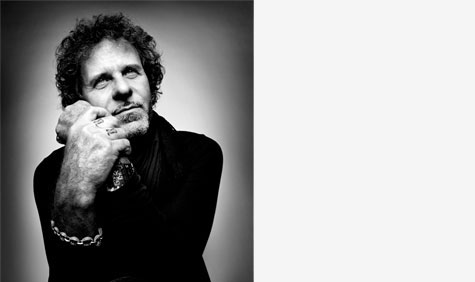

One of the bigger talking points in a relatively quiet Salone del Mobile was the launch of Diesel Homeware. The 30-strong collection of furniture and lighting was unveiled at the Diesel Penthouse on via Stendhal, announced to all who wandered along the street that connects vias Tortona and Savona like a blockbuster movie – Diesel Homeware starring special guests Moroso and Foscarini.
The inclusion of the ‘special guests’ was what piqued so much intrigue prior to the collection’s unveiling. In launching their premier home collection Diesel chose to collaborate with two Italian giants of the design industry – Moroso for furniture and Foscarini for lighting - a safe bet that the collaborative venture would produce, if nothing else, furniture and lighting of supreme quality that design enthusiasts and critics would find very hard to snub.
But the design crowd is perhaps a less fickle one than the fashion folk that Diesel are more familiar with. Less easily wowed or won over by bright lights, big names and numerous press releases we’re more keen to work out whether these additions to a very saturated market are beautiful, functional, well made and perhaps more importantly (and this more now than ever) whether they are necessary.
It was difficult to imagine how Diesel, so famed for its denim and deconstructed aesthetic, might translate into chairs and lighting. Sceptics prior to the launch spoke of denim and zips in abundance but we’re relieved to say there wasn’t a zip in sight. Instead there was quite a rugged, industrial feel to much of the lighting and an attractive washed linen upholstery on the furniture. The Glas and Cage lights particularly we can imagine making space for in our homes, while the Cumulus lounge chair was one of the most comfortable we sat on throughout the Salone.
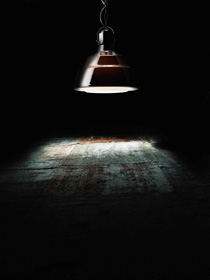
See more of Diesel's first homeware collection
Though the collection on first sight silenced a good deal of the critics we wanted to hear a bit more from the people at the top – principally why it was launched now and who it was launched for – and so we sat down on the vast Cloud 9 sofa for a few minutes with Diesel’s owner Renzo Rosso, the Creative Director of the homeware range Wilbert Das, Patrizia Moroso, Art Director of her namesake company, Carlo Urbinati, President of Foscarini and Filippo Zucchi, Licensing Manager of the Zucchi group who collaborate with Diesel on the fabrics used in their homeware.
W*: Why have you chosen to launch a homeware line now?
Wallpaper* Newsletter
Receive our daily digest of inspiration, escapism and design stories from around the world direct to your inbox.
Renzo Rosso: Last year we launched a fabric line in collaboration with Zucchi, which was a natural route for a fashion brand to enter the homeware market. We intended to follow this with a range of furniture and lighting to allow our customers to create a total lifestyle environment based around Diesel’s brand.
W*: What ‘lifestyle’ does the Diesel brand promote?
RR: In two words ‘successful living’ (this is Diesel’s tagline). We appeal to an intelligent consumer who shows their character not just through their clothes but more and more through their home too. We don’t tell people they have to only wear Diesel clothes or live with Diesel homeware, it’s about giving them a choice of original designs that aren’t just luxury but are very good quality that they can pick and choose from.
W*: Were you concerned that now might not be the best time to extend the brand into homeware?
RR: This is a collaboration that’s been in the pipeline for a long time before the economic crisis took hold.
Patrizia Moroso: I think it’s the perfect time actually. It’s not in any of our natures to change direction because there are financial difficulties when we’ve done so much research, planning and development.
W*: But surely the crisis affects how much the consumer might be willing to spend – and your homeware collection involves more of an investment spend than your fashion consumers might be used to?
RR: We’ve been careful to make sure there’s a big range from entry price of say a table lamp to the ‘super price’ of the sofa we’re sitting on for example.
W*: Do you really feel the same people who buy Diesel jeans will buy a Diesel sofa too?
RR: People approach lifestyle in a very different way now. Consumers fall in love with a brand and it’s important for a brand to develop and stretch itself to provide for their consumers. I don’t suspect that a customer will walk into a store to buy a pair of jeans and end up buying a sofa, but like I said before it’s about providing our loyal consumers with a choice to create a lifestyle.
W*: How did you settle on Moroso and Foscarini as partners in the collaboration?
RR: We did a lot of research into potential collaborators. What was most important for us was experience and quality. Moroso and Foscarini are leaders in their field so making this decision was not difficult.
W*: What do you think was in it for them?
RR: It’s a unique project to work with a young, fresh brand used to dealing with the fast turnaround of the fashion world. As such it was an opportunity for them to see a different approach to design and production through which we could combine our different experience and learn from each other.
Carlo Urbinati: We’ve been approached in the past to merely produce work which another brand would just stick their label on. We never liked the idea of working in this way but the idea of working in collaboration of a brand like Diesel was very different.
RR: And our intention with the project was never to just stick our label on products that had been designed and produced by another company. We wanted to start from scratch and work in collaboration throughout the process.
PM: We liked the idea that we could work together to do something in a different way. And for us particularly we were curious to see what we could learn from working with a fashion brand.
W*: What have you learnt then?
PM: As Renzo said we pooled the experience we each have from our own work in planning and production from design and fashion to create something different.
W*: Who actually designed the collection?
Wilbert Das; We have an internal team of 3 people at Diesel who before this project worked in the graphics and interior architecture departments. It made a nice change from the fast pace of fashion design for us and an interesting project to work in collaboration with the designers at Moroso and Foscarini.
RR: 3 people might have been dedicated to the designing but the mentality of the whole Diesel design studio makes the number up to about 100 people. Everyone had a hand to extend the Diesel ethos into furniture and lighting. This is how we made sure that the homeware is in synch with our fashion too.
W*: Where will it be sold?
RR: In our stores. The smaller items like the lights people can walk out of the shop with. The bigger furniture pieces will be delivered to order.
PM: It will be sold in our stores.
CU: And in our stores. Going back to your question about our collection launching in a time of crisis I wanted to quote John F. Kennedy who said that crisis in Chinese is made up of two words that mean danger and opportunity. He said he’d leave the danger and take the opportunity, which I think sums up neatly how we all feel aout the project.
Click here to return to our Salone 2009 homepage

Hugo is a design critic, curator and the co-founder of Bard, a gallery in Edinburgh dedicated to Scottish design and craft. A long-serving member of the Wallpaper* family, he has also been the design editor at Monocle and the brand director at Studioilse, Ilse Crawford's multi-faceted design studio. Today, Hugo wields his pen and opinions for a broad swathe of publications and panels. He has twice curated both the Object section of MIART (the Milan Contemporary Art Fair) and the Harewood House Biennial. He consults as a strategist and writer for clients ranging from Airbnb to Vitra, Ikea to Instagram, Erdem to The Goldsmith's Company. Hugo has this year returned to the Wallpaper* fold to cover the parental leave of Rosa Bertoli as Global Design Director.
-
 All-In is the Paris-based label making full-force fashion for main character dressing
All-In is the Paris-based label making full-force fashion for main character dressingPart of our monthly Uprising series, Wallpaper* meets Benjamin Barron and Bror August Vestbø of All-In, the LVMH Prize-nominated label which bases its collections on a riotous cast of characters – real and imagined
By Orla Brennan
-
 Maserati joins forces with Giorgetti for a turbo-charged relationship
Maserati joins forces with Giorgetti for a turbo-charged relationshipAnnouncing their marriage during Milan Design Week, the brands unveiled a collection, a car and a long term commitment
By Hugo Macdonald
-
 Through an innovative new training program, Poltrona Frau aims to safeguard Italian craft
Through an innovative new training program, Poltrona Frau aims to safeguard Italian craftThe heritage furniture manufacturer is training a new generation of leather artisans
By Cristina Kiran Piotti
-
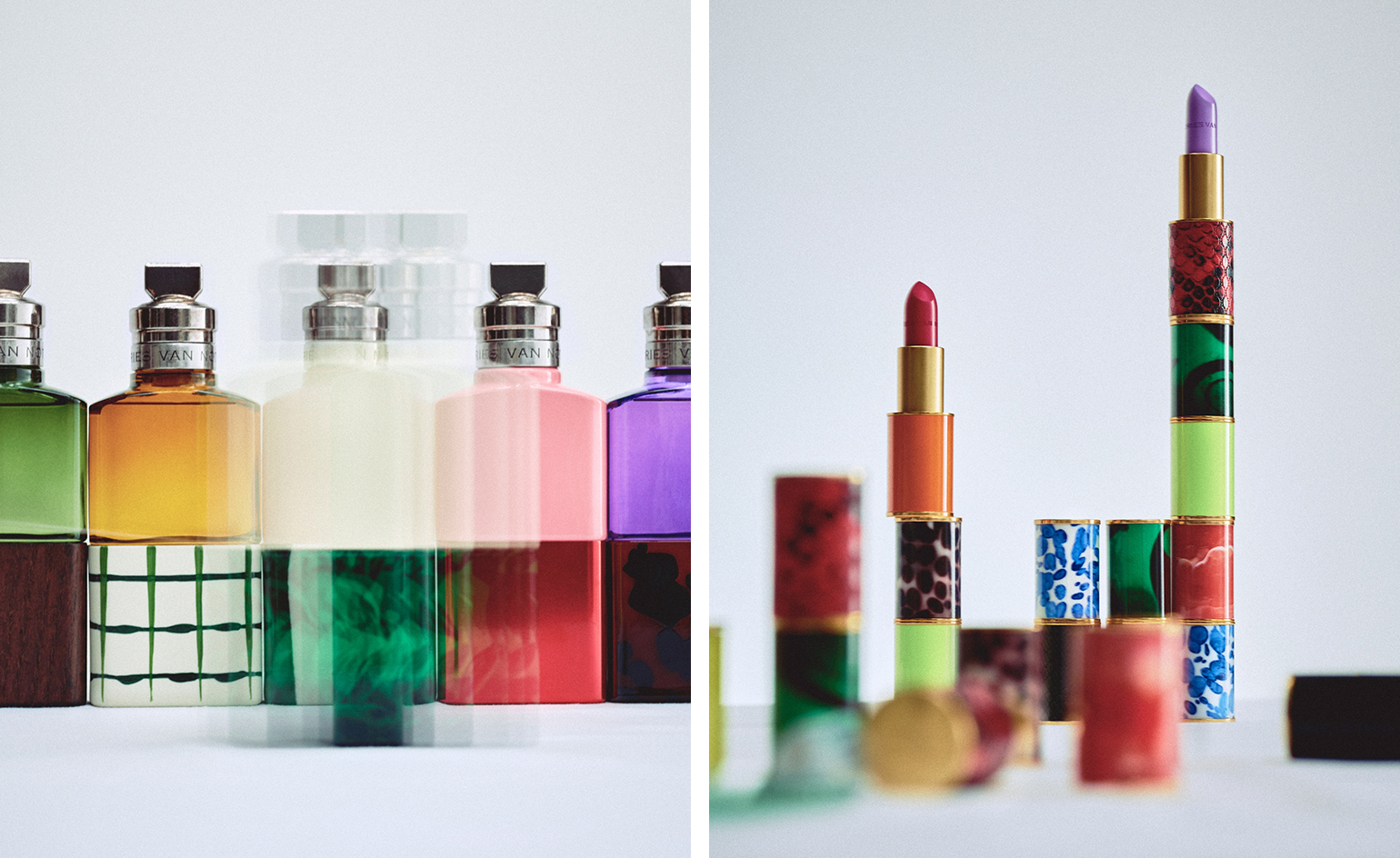 Exclusive interview: Dries Van Noten on launching his new beauty line
Exclusive interview: Dries Van Noten on launching his new beauty lineIn an exclusive interview, the Belgian designer shares the story behind the creation of Dries Van Noten Beauty
By Mary Cleary
-
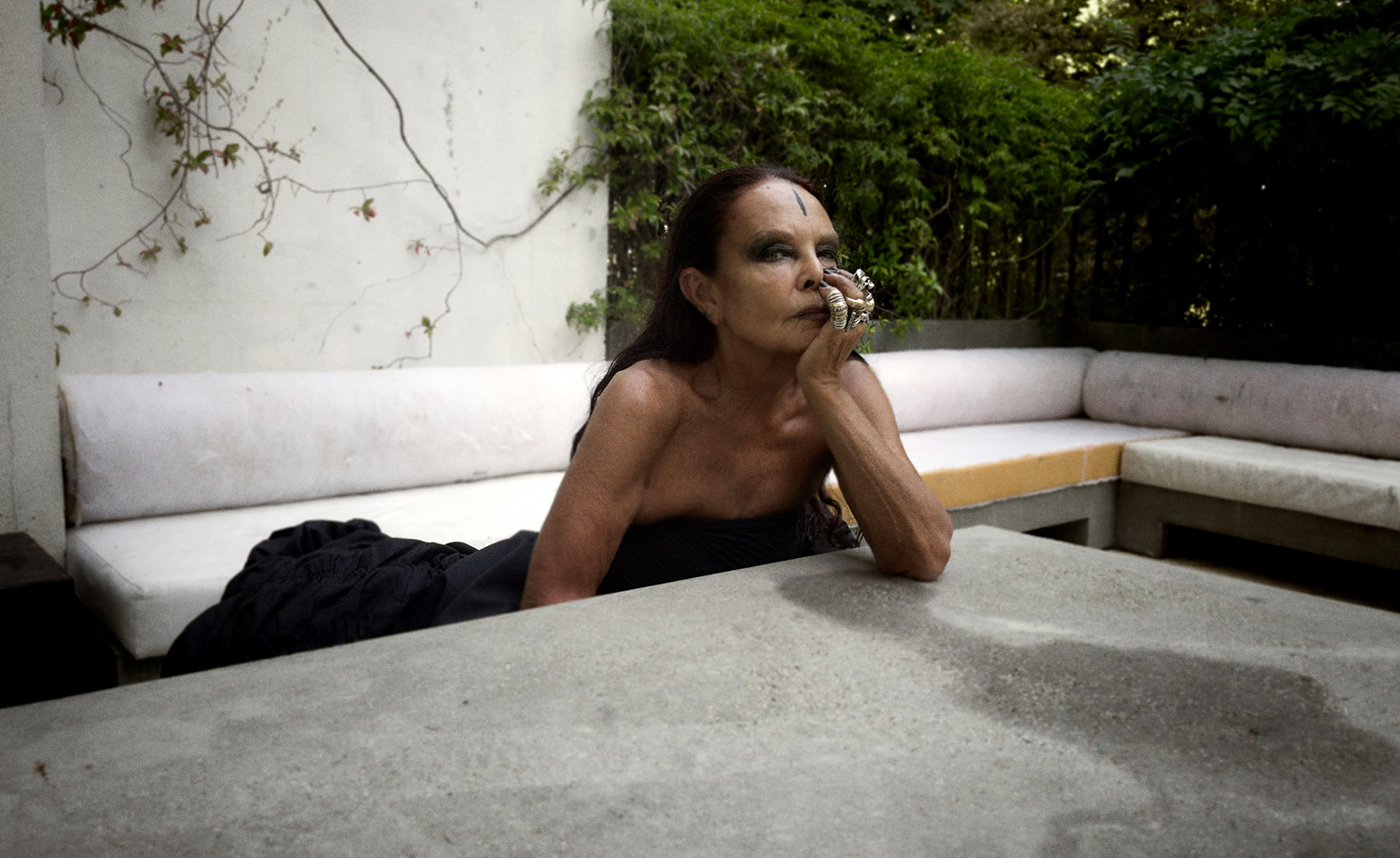 Michèle Lamy, agent of change, on the artists to lead us into the future
Michèle Lamy, agent of change, on the artists to lead us into the futureCo-founder of Owenscorp, artist, performer, agent of change: Michèle Lamy on her conduits to co-creation, and five creatives who can lead us into the future – whom she champions as part of Wallpaper’s 25th anniversary ‘5x5’ project
By Dal Chodha
-
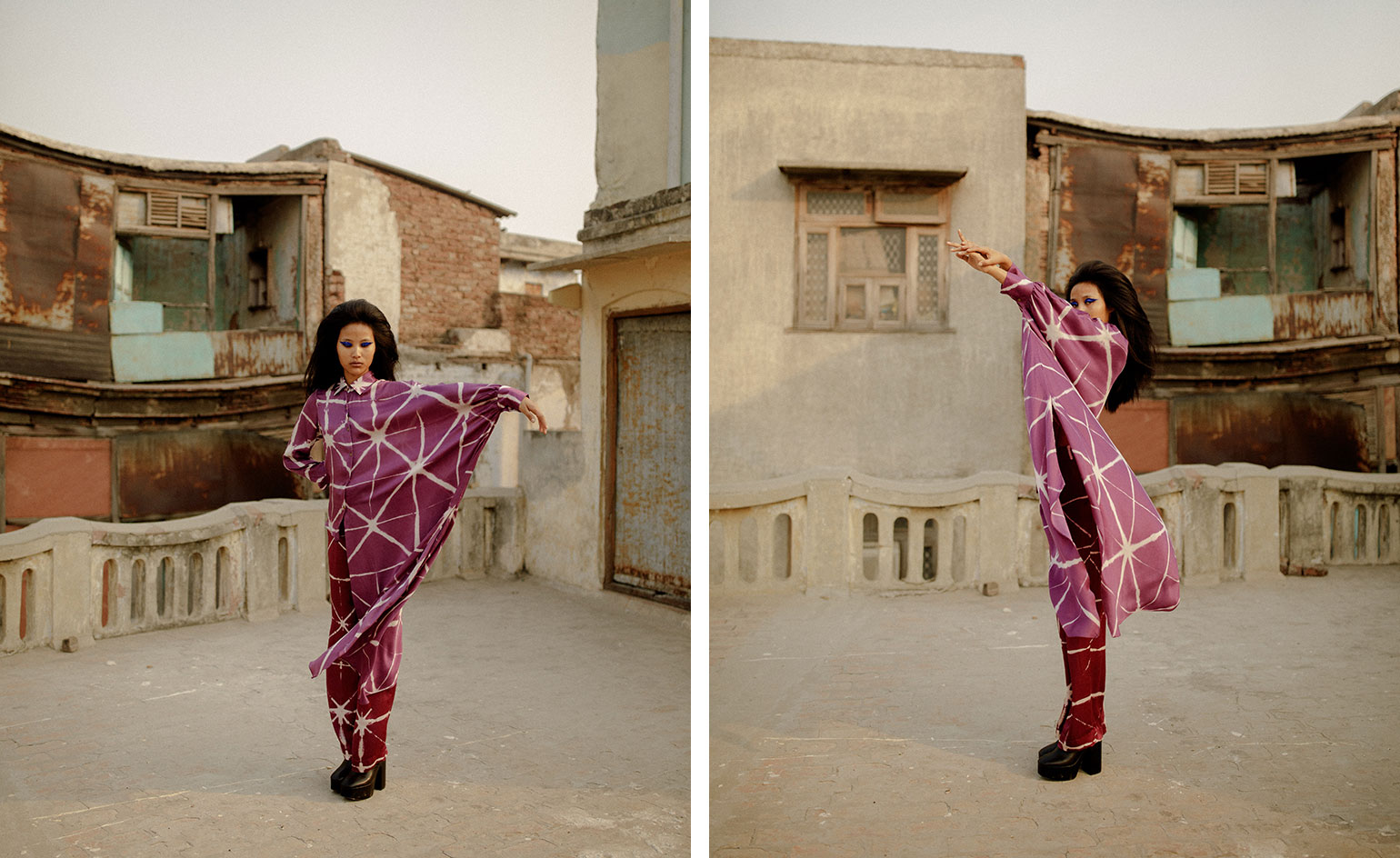 Riya Gupta on empowered femininity
Riya Gupta on empowered femininityStudio Rigu – the New Delhi-based label – founded in 2017 by Riya Gupta, has forward thinking footing
By Dal Chodha
-
 Alber Elbaz on AZ Factory: ‘fashion for a reason, not a revolution'
Alber Elbaz on AZ Factory: ‘fashion for a reason, not a revolution'On 25 April 2021, it was announced that the ebullient and beloved fashion designer Alber Elbaz had passed away. Earlier in 2021, we spoke to him about his new brand AZ Factory
By Laura Hawkins
-
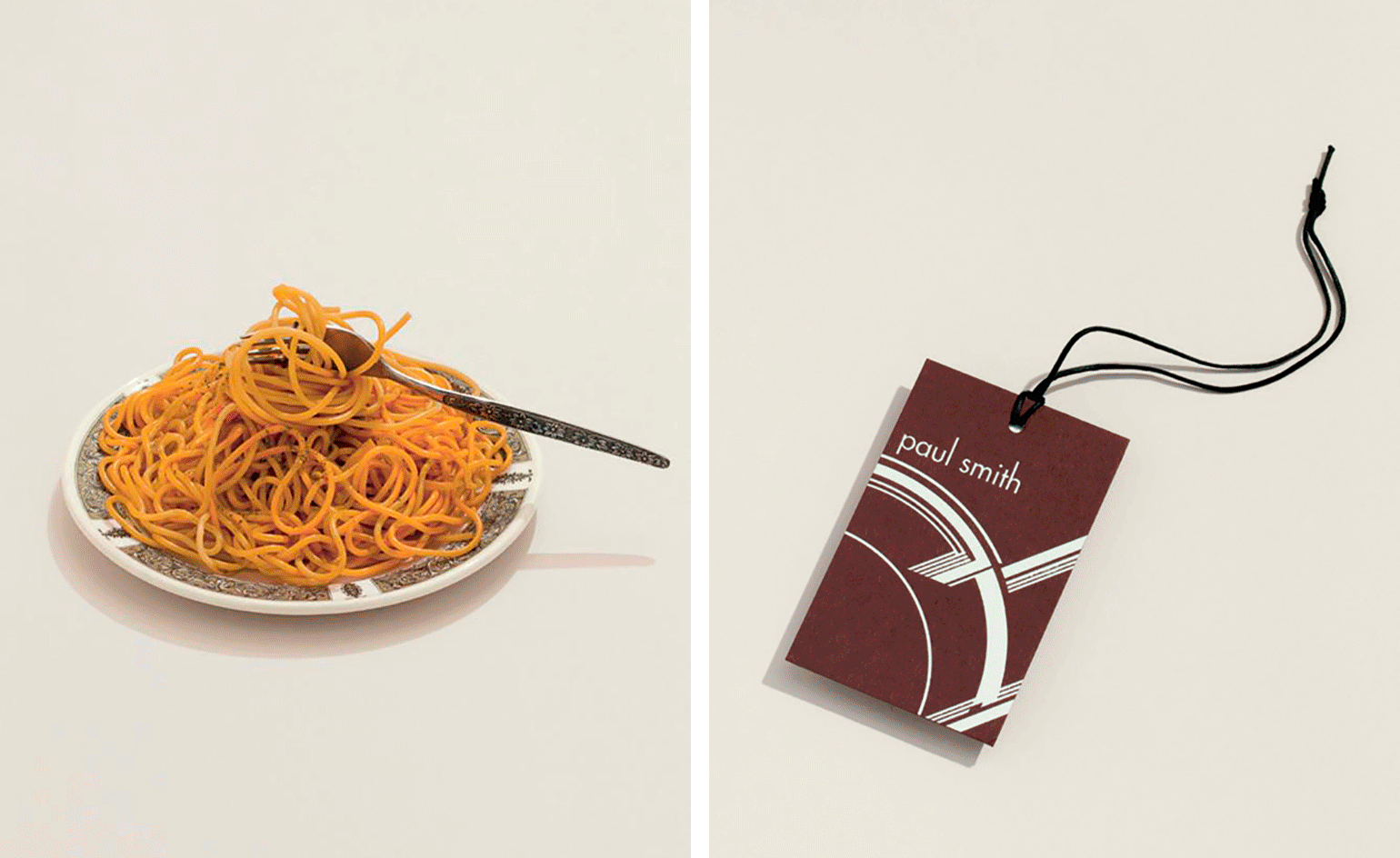 Paul Smith on a few of his favourite things
Paul Smith on a few of his favourite thingsFashion designer and inveterate collector Paul Smith shares a few of his favourite things in a new book, and here with his friend and travelling companion Deyan Sudjic
By Deyan Sudjic
-
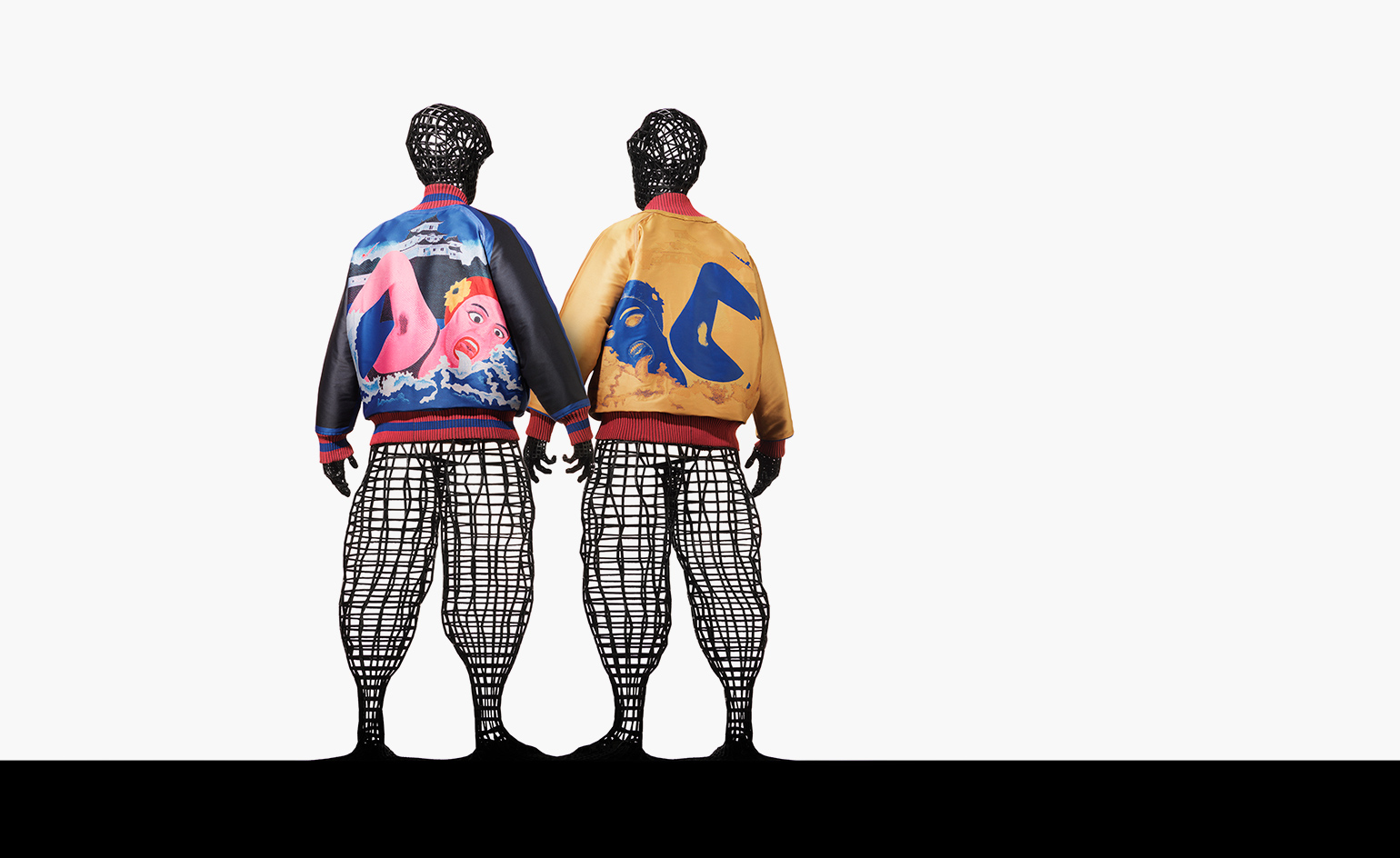 Issey Miyake and Tadanori Yokoo’s pop-culture inspired collaboration
Issey Miyake and Tadanori Yokoo’s pop-culture inspired collaborationTarzan, Jaws and Marilyn Monroe all feature on a series of men's blousons which ‘give a sense of hope and look to the future'
By Danielle Demetriou
-
 Introducing Merlette, the eco-aware brand elevating easy dressing
Introducing Merlette, the eco-aware brand elevating easy dressingMerlette’s fluid, billowing dresses in easy-to-care-for natural fabrics feel relevant and desirable – and are ideal for wearing year-round at home. No wonder the Brooklyn-based brand is having a moment
By Tilly Macalister-Smith
-
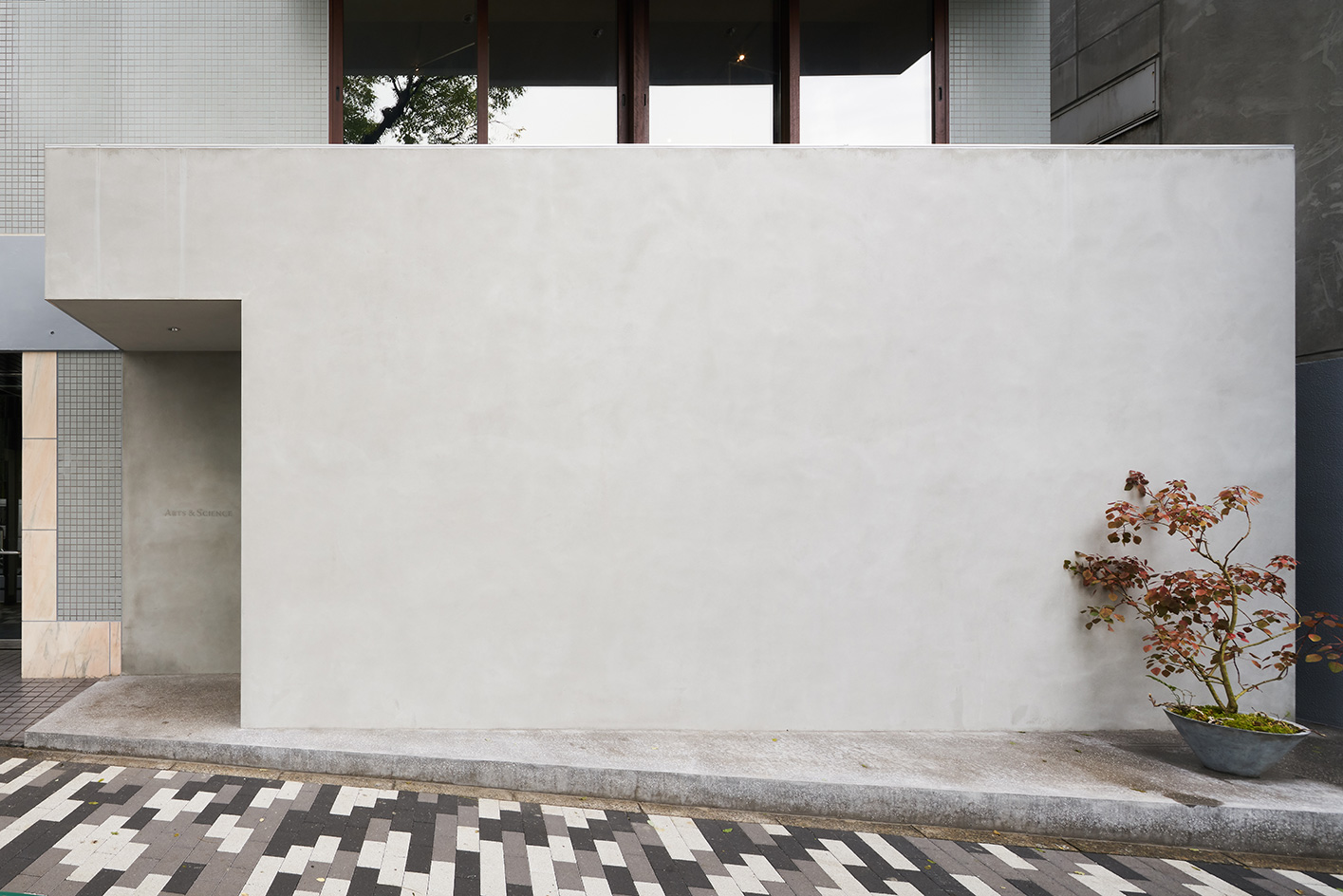 The elegant simplicity of Arts & Science's Aoyama flagship
The elegant simplicity of Arts & Science's Aoyama flagshipDesigned by Atelier Tsuyoshi Tane Architects (ATTA), Arts & Sciene's new Aoyama flagship in Tokyo, offers a play between curves and lines
By Danielle Demetriou